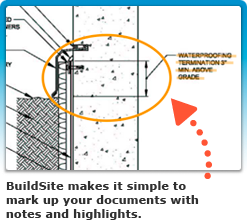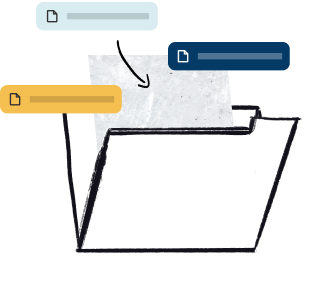Abstract
This specification covers flexible fiber- or fabric-reinforced sheet made from poly(vinyl chloride) resin as the primary polymer intended for use in single-ply roofing membranes exposed to the weather. The sheet shall contain. In-place roof system design criteria such as fire resistance, material compatibility, wind uplift resistance, in-situ shrinkage, among others, are beyond the scope of this specification. The physical requirements for which the sheet materials shall be tested on and shall conform accordingly to are as follows: overall thickness and thickness over scrim; tensile strength at break; breaking strength; elongation at break; seam strength; retention of properties after heat aging; tear resistance and tearing strength; low temperature bend; cracking and crazing after accelerated weathering test; linear dimensional change; change in weight after immersion in water; and static and dynamic puncture resistance.
This abstract is a brief summary of the referenced standard. It is informational only and not an official part of the standard; the full text of the standard itself must be referred to for its use and application. ASTM does not give any warranty express or implied or make any representation that the contents of this abstract are accurate, complete or up to date.
1. Scope
1.1 This specification covers flexible sheet made from poly(vinyl chloride) resin as the primary polymer intended for use in single-ply roofing membranes exposed to the weather. The sheet shall contain reinforcing fibers or reinforcing fabrics.
1.2 The tests and property limits used to characterize the sheet are values intended to ensure minimum quality for the intended purpose. In-place roof system design criteria, such as fire resistance, material compatibility, wind uplift resistance, in-situ shrinkage, among others, are factors that must be considered but are beyond the scope of this specification.
1.3 The values stated in either SI units or inch-pound units are to be regarded separately as standard. The values stated in each system may not be exact equivalents; therefore, each system shall be used independently of the other. Combining values from the two systems may result in non-conformance with the standard.
1.4 This standard may involve hazardous materials, operations, and equipment. This standard does not purport to address all of the safety concerns, if any, associated with its use. It is the responsibility of the user of this standard to establish appropriate safety and health practices and determine the applicability of regulatory limitation prior to use.
Reproduced, with permission, from the ASTM International website, copyright ASTM International, 100 Barr Harbor Drive, West Conshohocken, PA 19428. To purchase the complete standard, go to http://www.astm.org/.



